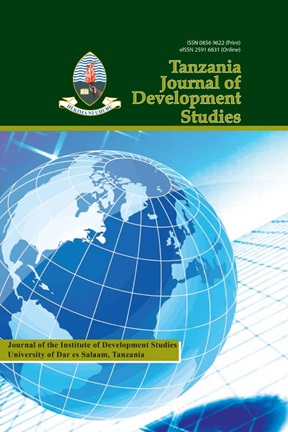The Determinants of Rural Women ' s Decision-Making On Adopting Improved Cook-stoves to Diversify Livelihood Strategies in Busega District, Tanzania
Keywords:
adoption, decision-making, improved cook-stoves and livelihood strategiesAbstract
This article examines the determinants influencing the decision-making process of
rural women in Busega District, Tanzania, regarding the adoption of improved
cook-stoves and livelihood strategies diversification. The sustainable livelihoods
approach (SLA) was adopted to explain key variables of the study. A cross￾sectional research design was applied to collect data from 210 rural women through
a household survey. Findings show that 71.43% of the respondents preferred to use
improved cook-stoves, but only 23.33% managed to adopt them; while 28.57%
showed disinterest due to past accidents of kerosine stove explosions (mindsets).
Price fluctuation (seasonality) emerged as the primary determinant affecting the
decision to adopt improved cook-stoves; acknowledged by 96.19% of the rural
women. A t-test (p-value 0.00 at p-value 0.05) analysis revealed a significant
difference in food preparation hours between women with and without improved
cook-stoves, indicating their positive impact. Moreover, excessive time spent on
gathering firewood and cooking hindered 76.67% of rural women from effective
participation in livelihood strategies diversification. In conclusion, mindsets and
seasonality were the key determinants influencing rural women ' s decisions on
adopting improved cook-stoves. The article recommends for community
development officers to empower rural women and address these determinants to
facilitate informed decision-making on the adoption of improved cook-stoves to
save time for livelihood strategies diversification.


